Results
-
 £84.99
£84.99An Old Swedish Hymn Wind Band Set (Score & Parts)
Klaas van der Woude has based his arrangement An Old Swedish Hymn on an old pastoral hymn from Dalarna. This beautiful melody even attracted ABBA as they used it as the opening music for some of their concerts. Van der Woude's arrangement is in classical style making it suitable for any occasion.
Estimated dispatch 7-14 working days
-
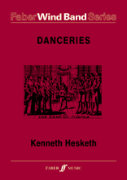 £105.00
£105.00Danceries (Set I) (Concert Band - Score and Parts) - Hesketh, Kenneth
The term 'Danceries' can be found in a copy of Playford's Dancing Master, an extensive collection of folk and popular tunes of the seventeenth century (and no doubt earlier). This publication was used by master fiddle players to teach the various dance steps of the day to a nobleman's house or a king's court. Whilst this present set of 'Danceries' cannot be said to be an aid to terpsichorean agility, it will at least set feet tapping! The melodies themselves are a mixture of new and old--well, nearly. Where the old occurs it has been adapted in mood and composition and is often interspersed with completely new material. The harmonies and rhythms bring a breath of the new into these themes and add to the drama of the set.Movement 1: Lull me beyond thee. Gentle and lilting, almost a barcarole, this movement is very much a reverie. The original tune had the name 'Poor Robin's Maggot' - a rather disconcerting title; maggot, however, in seventeenth-century parlance meant whim or fancy. This theme can also be found in The Beggar's Opera by John Gay (first performed in 1728) under the title 'Would you have a young lady' (Air 21).Movement 2: Catching of Quails. A colourful, buoyant scherzo on an original melody. The thematic material is shuttled around the band to contrast with full-bodied tuttis. The last few bars fade away to almost nothing before a final surprise!Movement 3: My Lady's Rest. A tender pavane, also on an original theme, with Moorish leanings. Solos for principal winds and brass contrast with warmer tutti passages. The movement culminates with a final presentation of the theme before evaporating in held flute and trumpet chords.Movement 4: Quodling's delight. The final movement to the set combining one of the melodies from Playford's Dancing Master ('Goddesses') with an original contrasting melody. A dramatic and exuberant ending to the set of 'Danceries'.Duration: 12.00
Estimated dispatch 7-14 working days
-
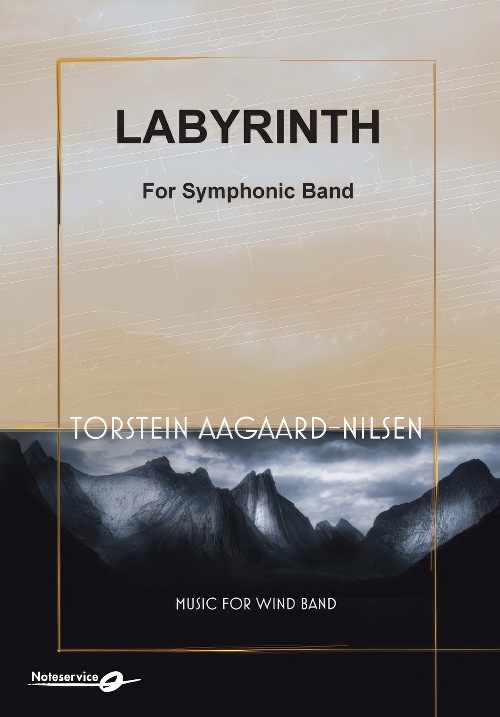 £242.50
£242.50Labyrinth for Symphonic Band (Concert Band - Score and Parts) - Aagaard-Nilsen, Torstein
I wrote Labyrinth to celebrate the 450th anniversary for the city of Fredrikstad. The Danish king Fredrik II agreed to establish a new town further down the river Glomma, to make it easier to defend from the Swedes. The piece is a network of quotations mixed with my own pitch material. My versions of the quoted melodies are not authentic, and sometimes hard to recognize. However, the different quotations give the music an aura of tonality. For example, a dance tune composed by the Flemish composer Mattheus Le Maistre (1505-1577). The melody also occurs in the first danish book of hymns written after the reformation. Since Norway for 400 years was a part of Denmark and everybody had to write and read Danish, they used much of the same music, too. I also use regular Danish hymn tunes and quote from a religious folk song from the area around Fredrikstad. The military signals I use are authentic (for example, The Old Danish March), and I am very sure they were used in the Old Town (the fortress) of Fredrikstad. The drums quote from The Downfall of Paris. This could have been heard played by professional soldiers hired by the Swedes from Scotland. This edition is a revised version made in 2020. - Torstein Aagaard-Nilsen. Duration: 23.00
Estimated dispatch 7-14 working days
-
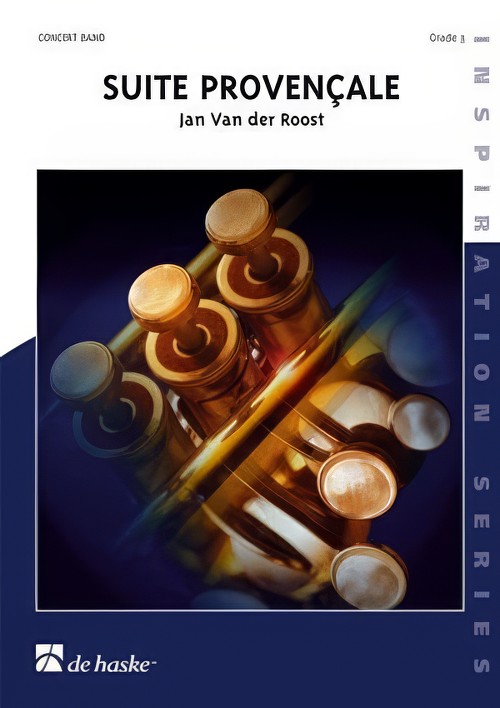 £149.99
£149.99Suite Provencale (Concert Band - Score and Parts) - Van der Roost, Jan
This 4-movement suite is based on authentic folk tunes from the beautiful southern province in France: the "Provence". The composer used an harmonic language respecting the popular characteristics, but on the other hand also contains some "spicy" notes (...just like the well known "Provencal sauce"!...). The instrumentation is very colourful, paying a lot of attention to the different timbres of both brass and wood winds as well as to the percussion section. Every movement has its own character: "Un Ange a fa la crido" (= An angel brought the creed/credo) is like a bourree, "Adam e sa Coumpagnou" (= Adam and his companion) is an old love song, "Lou Fustie" (= the carpenter) a fast dance and finally "Lis Escoubo" (= a whistle tune / popular ballad) is a farandole. In the latter, the old tradition of folk musicians who play a whistle with one hand and a drum with the other hand, is clearly represented during the first presentations of the one and only theme)Although this piece is not too demanding, a well balanced band is necessary to perform it successfully. Thanks to the contrasts and the varying colours, it keeps on holding the attention.Duration: 7:15
Estimated dispatch 7-14 working days
-
 £57.50
£57.50Old Churches - Michael Colgrass
Gregorian chant is one of the earliest forms of notated music, using free flowing rhythms and simple melody. In Old Churches, composer Michael Colgrass uses these elements to create an aura of voices echoing in the monastery. Using easy graphic notation, students have a fun and creative way to explore sound production along with the compositional process. (Includes score and parts.) Learn more at YouTube. BandQuest, an exciting series of new music and accompanying curricula for band, is a program published by the American Composers Forum. The series was started as a response to feedback from music educators that there is a pressing need for new, fresh band music. The heart of this program is new works written by a diverse group of leading American composers who have created challenging pieces that are a true departure from standard middle school repertoire. Every BandQuest project includes a residency component in which the composer works collaboratively with a middle school as they create their new piece. Many BandQuest pieces are accompanied by an interdisciplinary curriculum designed to assist students as they learn the music and to integrate each piece with non-music studies. Visit www.bandquest.org to learn more about this innovative series, and email [email protected] to request a free downloadable audio catalog.
Estimated dispatch 7-14 working days
-
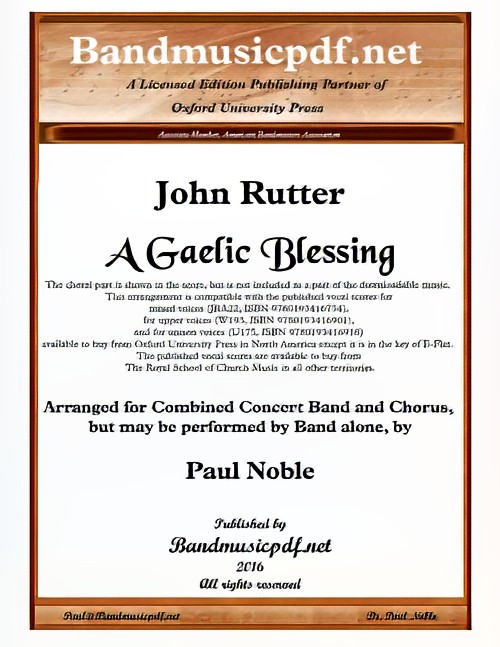 £75.00
£75.00A Gaelic Blessing (Concert Band with Optional Choir - Score and Parts) - Rutter, John - Noble, Paul
There are Gaelic and old Irish blessings for every occasion whether a funeral, wedding or birthday. While many of these old blessings petition or request the help or intervention of God in some way, it does not always mean that the person saying them regards him or herself as being very religious. These blessings, whether in Gaelic or English, were the way Irish people had of expressing hope, desire for a better future and solidarity with their family, friends and neighbours. This simple arrangement offers the choices of performance with combined band and chorus, band alone, woodwinds alone, or brass alone. It also includes optionally three tolls of chimes at the beginning and ending, which make it a perfect tribute for commemoration.
Estimated dispatch 7-14 working days
-
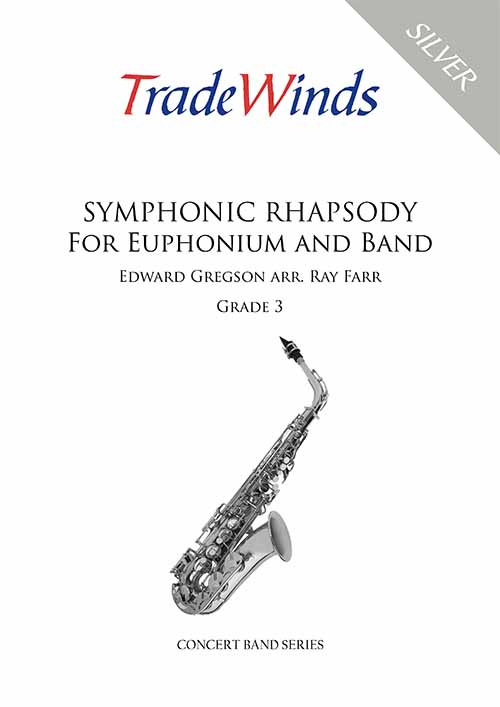 £12.95
£12.95Symphonic Rhapsody for Euphonium and Band (Concert Band - Score only) - Gregson, Edward - Farr, Ray
This work, transcribed for Wind-band by Ray Farr, maintains a strongly lyrical style, and whilst the variation element is a fundamental feature, the close adherence to thematic material and recapitulative 'echoes' create a cohesive whole, making the conception satisfyingly unified. The theme is that of an old song: So we'll roll the old chariot along, And we won't drag on behind.
Estimated dispatch 7-14 working days
-
 £64.95
£64.95Symphonic Rhapsody for Euphonium and Band (Concert Band - Score and Parts) - Gregson, Edward - Farr, Ray
This work, transcribed for Wind-band by Ray Farr, maintains a strongly lyrical style, and whilst the variation element is a fundamental feature, the close adherence to thematic material and recapitulative 'echoes' create a cohesive whole, making the conception satisfyingly unified. The theme is that of an old song: So we'll roll the old chariot along, And we won't drag on behind.
Estimated dispatch 7-14 working days
-
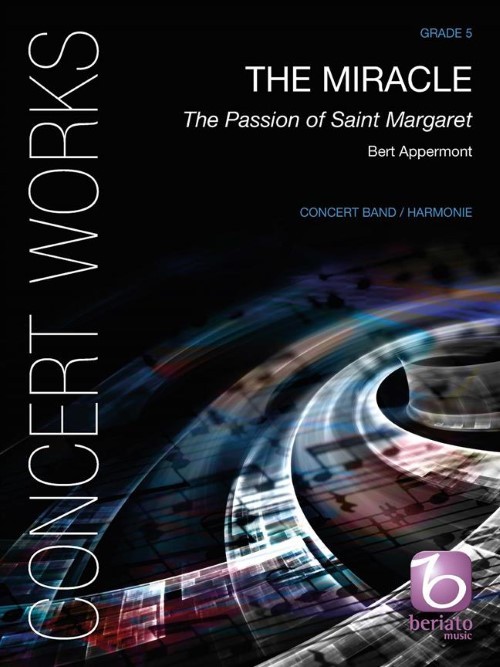 £224.99
£224.99The Miracle (The Passion of Saint Margaret) (Concert Band - Score and Parts) - Appermont, Bert
This work was inspired by the 3rd/4th century legend of Margaret of Antioch. Margaret was very devout, and lived as a shepherdess in the countryside. When the city prefect Olybrius proposed to her, on the condition that she would give up her faith, she refused and was eventually put to death. To evoke the archaic early-medieval atmosphere, Bert Appermont has used two Gregorian Kyries. In addition, influences from old music (such as old modes and parallel fifths) and Carl Orff's work are present. This four movement piece is an epic symphonic poem-like work with an incredible expressiveness and is ideal for a thematic concert or a contest.Duration: 17.30
Estimated dispatch 7-14 working days
-
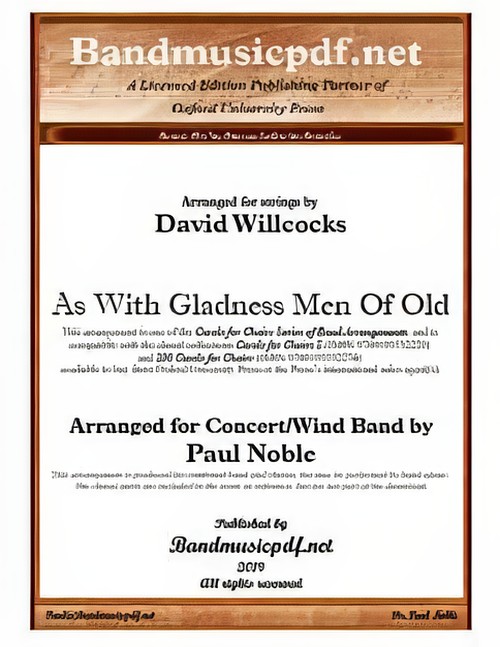 £75.00
£75.00As With Gladness Men of Old (Concert Band with Optional Choir - Score and Parts) - Noble & Willcocks
As with Gladness Men of Old is an Epiphany hymn, written by William Chatterton Dix on 6 January 1859 (Epiphany) while he was ill in bed. Though considered by many as a Christmas carol, it is found in the Epiphany section of many hymnals and still used by many churches. The music was adapted by William Henry Monk in 1861 from a tune written by Conrad Kocher in 1838. The hymn is based on the visit of the Biblical magi in the Nativity of Jesus. The hymn used Matthew 2:1-12 as a theme to compare the journey of the Biblical magi to visit the baby Jesus to each Christian's personal pilgrimage and as a reminder that it is not the value of the gifts, it is the value of giving and adoration to Jesus that is what Christians should seek. It is the only well-known Epiphany hymn or carol about the Biblical magi that avoids referring to them as either magi or kings and does not state how many there were. This arrangement represents one in the Series of Band Arrangements compatible with David Willcocks' Carols for Choirs.
Estimated dispatch 7-14 working days
